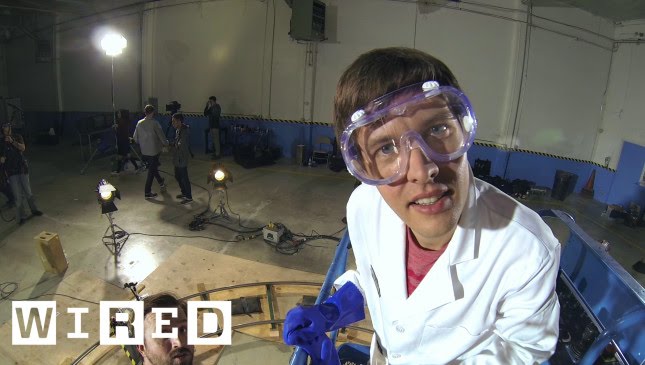Injectable Sensors: Revolutionizing Medical Surveillance
Summary
This Q&A article discusses the potential of injectable sensors that can be lodged into a finger after being injected into a vein in the arm. The sensor, about 90 microns, can talk continuously to a smartphone and is powered by the blood itself. It has many exciting applications, including following free circulating DNA continuously for someone with cancer, monitoring antibodies in the immune system to predict an immune attack, and detecting various biochemical changes and diseases.
Table of Contents
- What is an injectable sensor?
- How does it work?
- Is there a risk of blockage or other serious side effects?
- How do you ensure that the sensor lodges in the finger?
- What kind of animal testing has been done so far?
- How does the sensor decode genetic code?
- What are the potential applications of this technology?
- Is the technology currently available for patients?
- What are some of the challenges involved in making this technology widely available?
- What are some of the ethical concerns about this technology?
Introduction
Medical technology has come a long way in recent years. Wearable sensors have become increasingly popular, allowing individuals to track health metrics such as heart rate, steps taken, and sleep patterns. However, the next frontier in medical surveillance is the use of injectable sensors that can be lodged into a finger after being injected into a vein in the arm. In this Q&A, we will discuss the potential of this technology and its possible implications.
Q&A
What is an injectable sensor?
An injectable sensor is a device that can be injected into the bloodstream to monitor various biochemical changes and diseases. It is about 90 microns and can lodge in a finger, where it is powered by the blood itself.
How does it work?
The sensor works by recognizing a pattern rather than decoding the whole genetic code. The genomic signature, whether it is DNA or RNA, can be coupled to a sensor today to a specific signal, and that can be monitored continuously through the smartphone.
Is there a risk of blockage or other serious side effects?
The sensor is designed to stay in the bloodstream and lodge in the finger, where it can send continuous data to a smartphone. It cannot go much further than that, as it gets down to a kind of watershed capillary bed. Animal testing is currently being done to ensure its safety.
How do you ensure that the sensor lodges in the finger?
The injectable sensor is designed to lodge in a finger naturally. Once injected into a vein in the arm, it will be carried through the bloodstream and eventually lodge in the finger.
What kind of animal testing has been done so far?
Animal testing is currently being done to ensure the safety and efficacy of the injectable sensor. However, there has already been some work along those lines by Stanford, who have done a microchip floating in the blood, known as the Fantastic Voyage.
How does the sensor decode genetic code?
The sensor does not decode the genetic code entirely. It recognizes a pattern through the genomic signature, whether it is DNA or RNA, and couples it to a specific signal that can be monitored continuously through the smartphone.
What are the potential applications of this technology?
The potential applications of this technology are vast. For instance, it can follow free circulating DNA continuously for someone who has had cancer or is at high risk. It can follow antibodies in the immune system to predict an immune attack. It could monitor various biochemical changes in the body and detect diseases such as diabetes, heart disease, and even COVID-19.
Is the technology currently available for patients?
The technology is still in the testing phase and is not currently available for patients. It will be at least a few years before we can get this enabled in a patient.
What are some of the challenges involved in making this technology widely available?
One of the main challenges involved in making this technology widely available is ensuring its safety and efficacy. More research needs to be done before it can be used in patients. Additionally, there are ethical concerns surrounding privacy and data security.
What are some of the ethical concerns about this technology?
One of the main ethical concerns is privacy and data security. Medical data is sensitive, and there is a risk that it could be accessed by malicious entities. Moreover, there are concerns about who will have access to this information and how it will be used. Finally, there are concerns about how the data will be stored and for how long.
Conclusion
The potential of injectable sensors is enormous. They can monitor various biochemical changes in the body and detect diseases, providing continuous medical surveillance. However, more research needs to be done to ensure their safety and efficacy, and ethical concerns surrounding privacy and data security must be addressed. When these issues are resolved, we can look forward to a future where this technology is widely available, revolutionizing the way we monitor our health.







